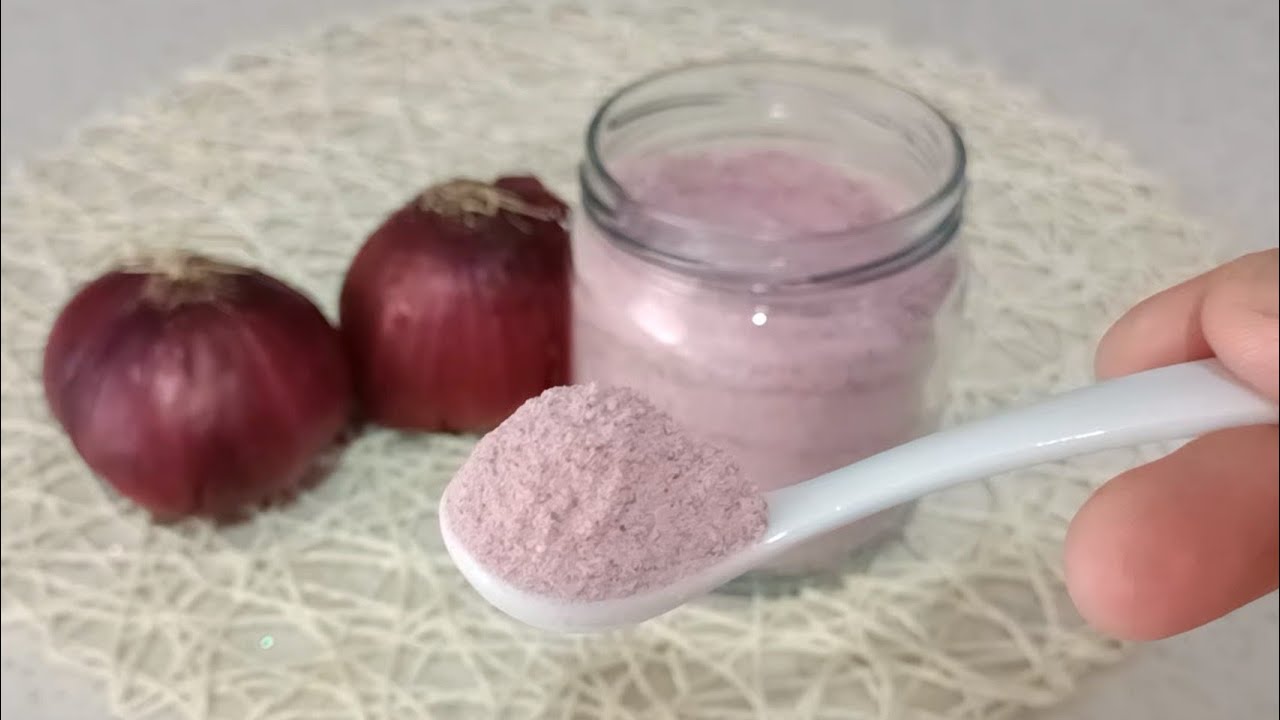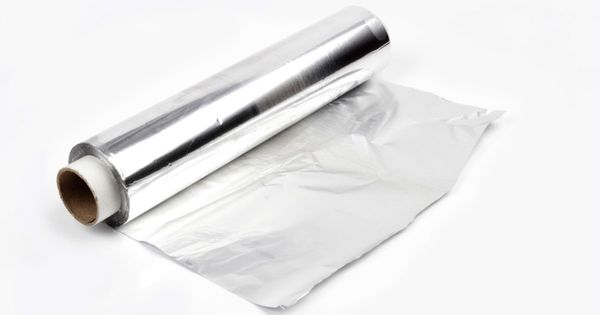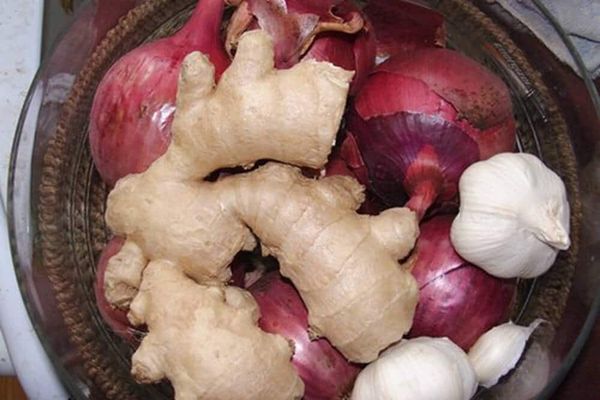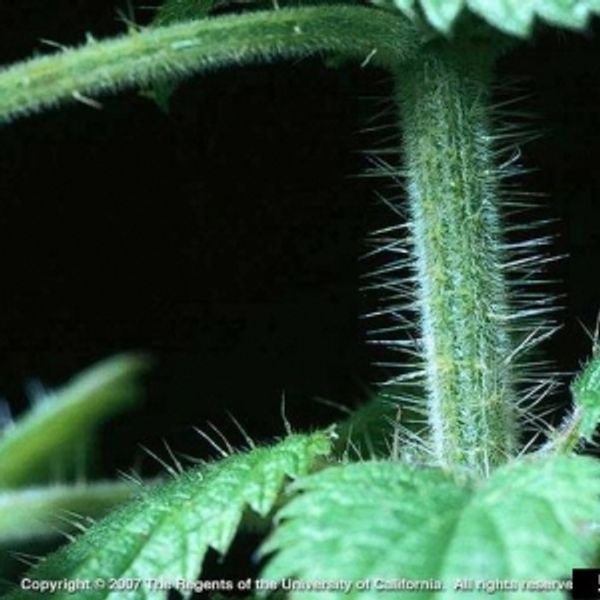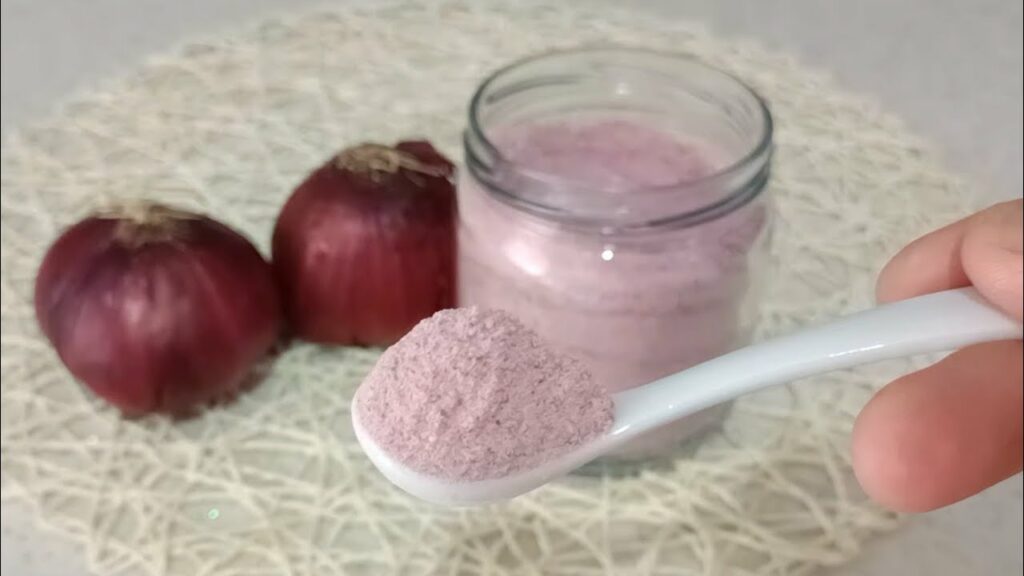
Selecting the Right Onions
Before we dive into storage techniques, it’s important to start with the right type of onions. For long-term storage, opt for hardy varieties such as yellow onions or red onions. These types tend to have a lower water content and firmer texture, making them ideal candidates for extended storage.
Preparing for Storage
-
Curing: After harvesting or purchasing your onions, allow them to cure. This process involves drying the outer layers of the onions to form a protective seal. Spread the onions in a single layer in a dry, well-ventilated area, such as a shed or a covered porch, and let them cure for about two weeks. The outer skins should become papery, and the necks (the top part of the onion) should feel tight and dry.
-
Inspect: Before storage, inspect each onion carefully. Only store onions that are firm and free from bruises, cuts, or signs of mold. Any damaged or soft onions should be used immediately or discarded, as one spoiled onion can affect the rest.
Storing the Onions
-
Ideal Conditions: Onions prefer cool (not cold), dark, and dry conditions. The ideal temperature for storing onions is between 35°F and 50°F (1.7°C to 10°C). However, if you don’t have a cellar or cool storage area, a garage or a shaded pantry can also work as long as the area is well-ventilated and the onions are kept off the ground.
-
Ventilation is Key: Good airflow is crucial to prevent mold and rot. You can store onions in mesh bags, pantyhose, or even make your own onion strings. If using pantyhose, place an onion in the foot, tie a knot above it, and continue layering onions with knots in between.
-
Keep Them Separate: Onions release gases that can cause other produce to spoil faster. Store them separately from potatoes and other fruits and vegetables.
-
Darkness: Store onions in a dark place to prevent them from becoming bitter or sprouting. If you’re using mesh bags or pantyhose, you can hang them in a dark, cool room.
-
Regular Checks: Even with the best conditions, some onions might start to go bad. Regularly check your onions and remove any that are soft, bruised, or beginning to sprout.
Enjoying Your Onions
With these storage tips, your onions can remain a flavorful and vital ingredient in your kitchen for up to two years. This winter preparation not only saves money but also reduces food waste, ensuring you always have onions on hand when inspiration strikes in the kitchen.
Remember, while these tips can significantly extend the life of your onions, the exact shelf life can vary based on specific conditions and the variety of the onion. Happy cooking, and enjoy the bounty of your well-preserved onions!
